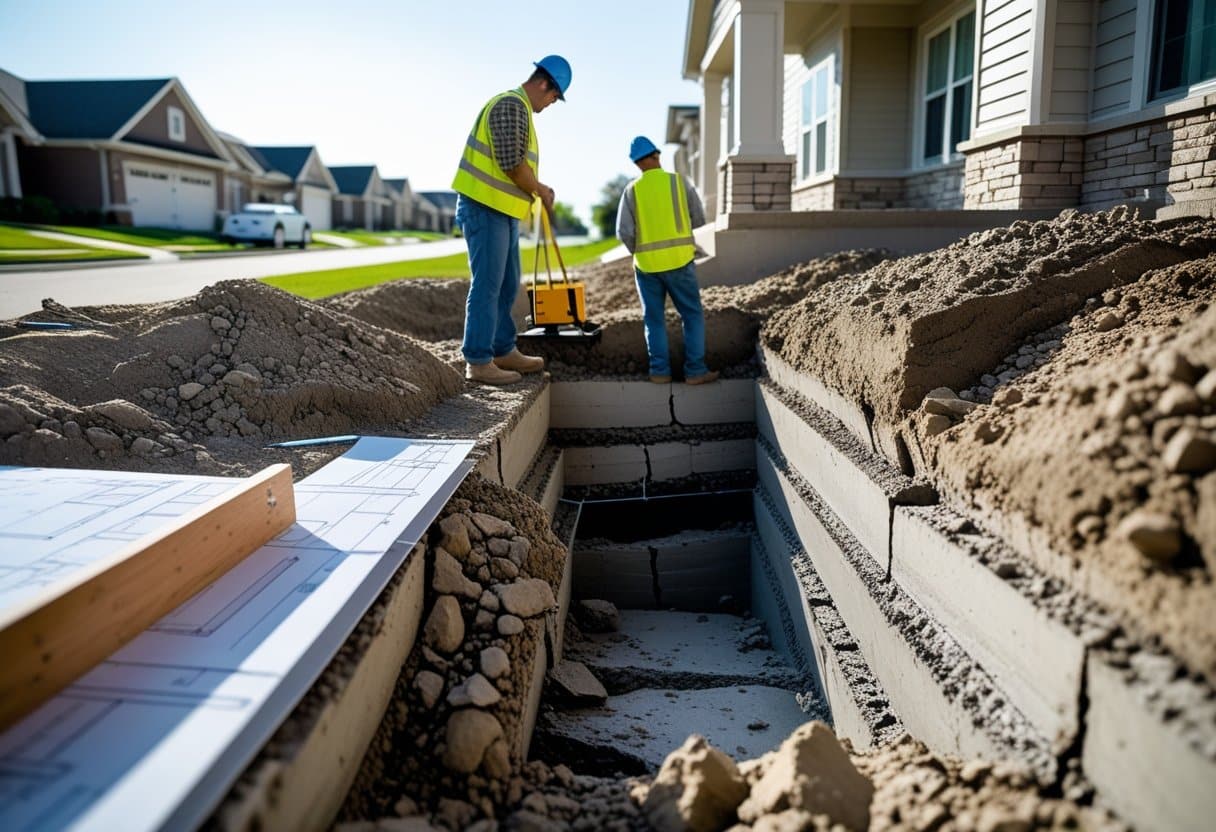[cs_content][cs_element_section _id=”1″ ][cs_element_row _id=”2″ ][cs_element_column _id=”3″ ][cs_element_headline _id=”4″ ][cs_content_seo]Pasco Hernando State College Project\n\n[/cs_content_seo][/cs_element_column][/cs_element_row][/cs_element_section][cs_element_section _id=”5″ ][cs_element_row _id=”6″ ][cs_element_column _id=”7″ ][cs_element_image _id=”8″ ][/cs_element_column][cs_element_column _id=”9″ ][cs_element_headline _id=”10″ ][cs_content_seo]New Port Richey, FL\n\n[/cs_content_seo][cs_element_gap _id=”11″ ][cs_element_text _id=”12″ ][cs_content_seo]CLIENT: Pasco Hernando St College
ENGINEER: Universal Engineering
MARKET: Commercial
SOLUTION: Ground Improvement
SERVICES: Compaction Grout
\n\n[/cs_content_seo][cs_element_headline _id=”13″ ][cs_content_seo]Pre-Construction Soil Stabilization\n\n[/cs_content_seo][cs_element_headline _id=”14″ ][cs_content_seo]Over 140 Grout Injection Points\n\n[/cs_content_seo][cs_element_gap _id=”15″ ][cs_element_button _id=”16″ ][cs_content_seo]Project PDF\n\n[/cs_content_seo][cs_element_social _id=”17″ ][cs_element_social _id=”18″ ][cs_element_social _id=”19″ ][cs_element_social _id=”20″ ][/cs_element_column][/cs_element_row][/cs_element_section][cs_element_section _id=”21″ ][cs_element_layout_row _id=”22″ ][cs_element_layout_column _id=”23″ ][cs_element_text _id=”24″ ][cs_content_seo]Project\n\n[/cs_content_seo][cs_element_text _id=”25″ ][cs_content_seo]The project is a pre-construction soil stabilization project for a Pasco Hernando State College building. The purpose of the groutingoperation was to fill any voids that may be present near the limestone / soil interface as well as displacing soft, subsurface deposits that may be presentnear this interface and in the overburden soils.\n\n[/cs_content_seo][/cs_element_layout_column][/cs_element_layout_row][/cs_element_section][cs_element_section _id=”26″ ][cs_element_layout_row _id=”27″ ][cs_element_layout_column _id=”28″ ][cs_element_text _id=”29″ ][cs_content_seo]Challenge\n\n[/cs_content_seo][cs_element_text _id=”30″ ][cs_content_seo]• A subsurface exploration of the proposed new administrative building located within the Pasco Hernando State College West Campus, in Port Richey indicated that evidence of sinkhole activity was documented at the property.\n\n[/cs_content_seo][/cs_element_layout_column][/cs_element_layout_row][/cs_element_section][cs_element_section _id=”31″ ][cs_element_layout_row _id=”32″ ][cs_element_layout_column _id=”33″ ][cs_element_text _id=”34″ ][cs_content_seo]Solution\n\n[/cs_content_seo][cs_element_text _id=”35″ ][cs_content_seo]The engineer of record recommended a remediation program consisting of low slump compaction grouting for the proposed building area.
The subsurface stabilization program consisted of treating the deep soils within the footprint of the proposed building area. The program included advancing one hundred forty-one (141) grout injection points within the proposed new building location.
One-hundred forty-one (141) grout injection points (GIPs) were completed for the grouting operations. The GIP installation depths varied from 23 to 100 feet with an average installation depth of approximately 33 feet. The rotary wash method was used to install the grout injection points. Sand, water, cement, and fly-ash grout mixture were pumped through a 3-inch steel pipe at selected depths. The ground surface in the vicinity of injection points was monitored for any uplift during the grouting operation by Helicon. Upon initial pumping at the maximum depth of each grout injection point, the pipe was raised in approximately 5-foot increments once pumping criteria (set forth in the site-specific grout recommendations) were met.
A total of 780.0 cubic yards of the grout was delivered onsite. 763.9 cubic yards were used for the grouting operations and 7.2 cubic yards of grout were returned throughout the project. The average volume of grout injected into each GIP was 5.4 cubic yards.
All operations were performed under the observation of the engineer of record. Efficient planning & coordination was key to overcoming the challenges & limitations. \n\n[/cs_content_seo][/cs_element_layout_column][/cs_element_layout_row][/cs_element_section][cs_element_section _id=”36″ ][cs_element_row _id=”37″ ][cs_element_column _id=”38″ ][cs_element_image _id=”39″ ][cs_element_image _id=”40″ ][cs_element_gap _id=”41″ ][/cs_element_column][cs_element_column _id=”42″ ][cs_element_image _id=”43″ ][cs_element_image _id=”44″ ][cs_element_gap _id=”45″ ][/cs_element_column][/cs_element_row][/cs_element_section][/cs_content]
Foundation Sinking Causes and Fixes for Homeowners
Foundation sinking means the ground below your home shifts or settles, causing the foundation to lower unevenly.





